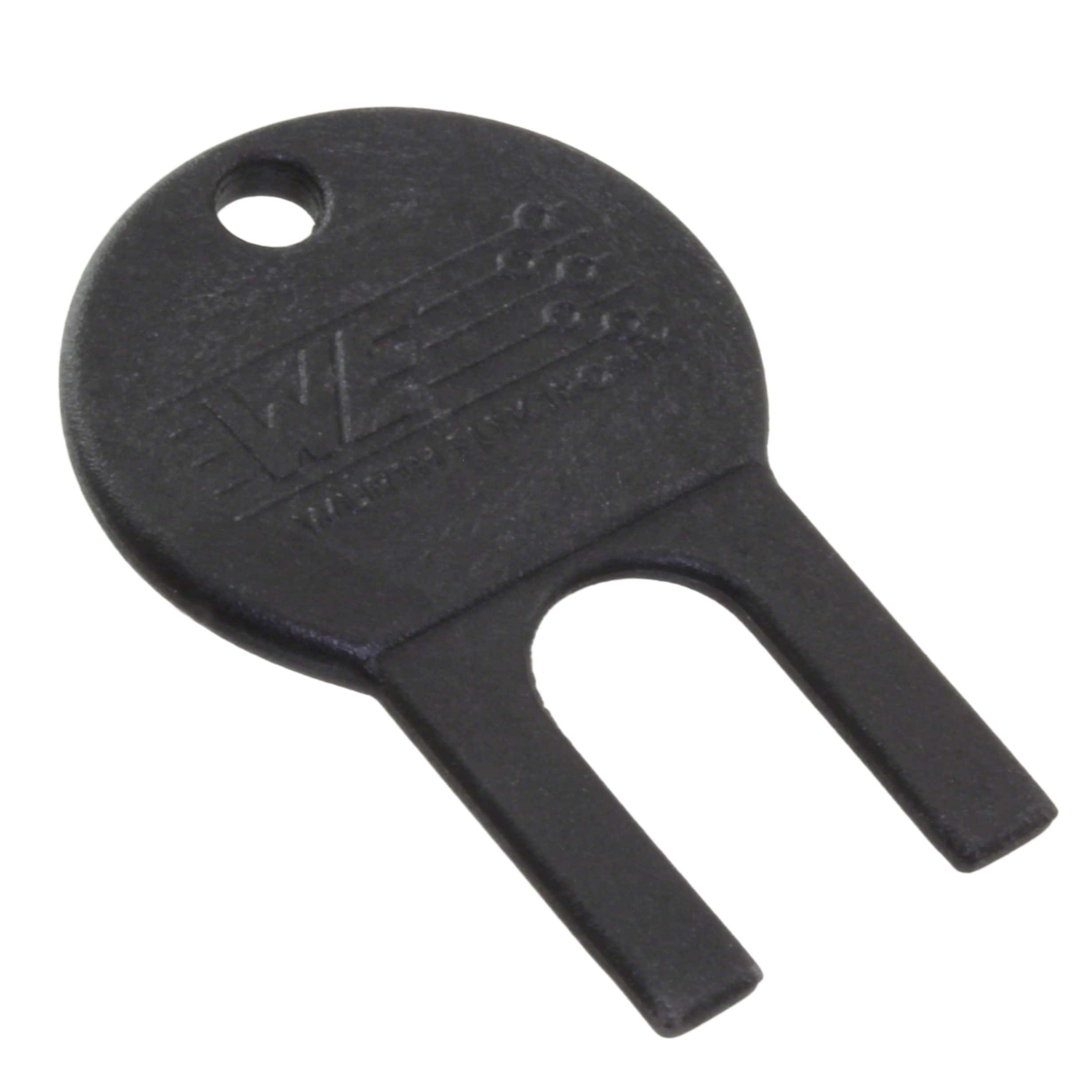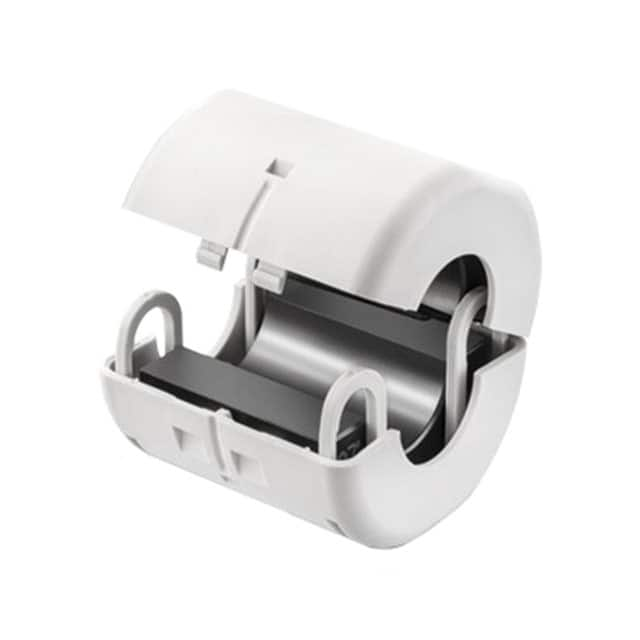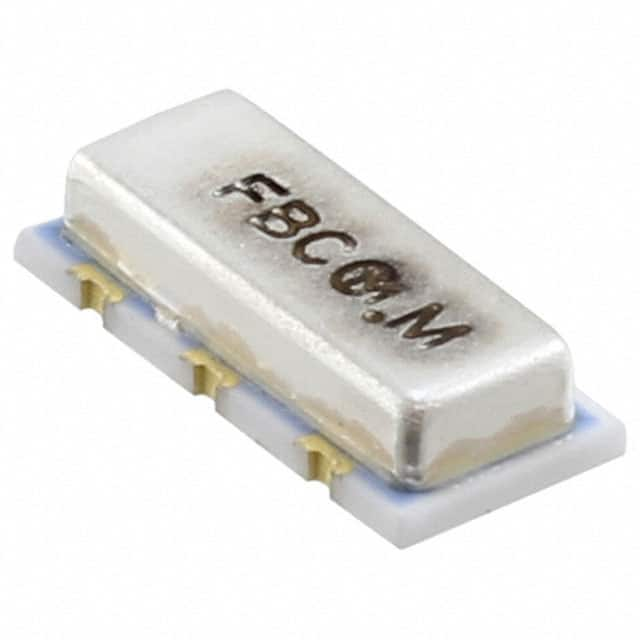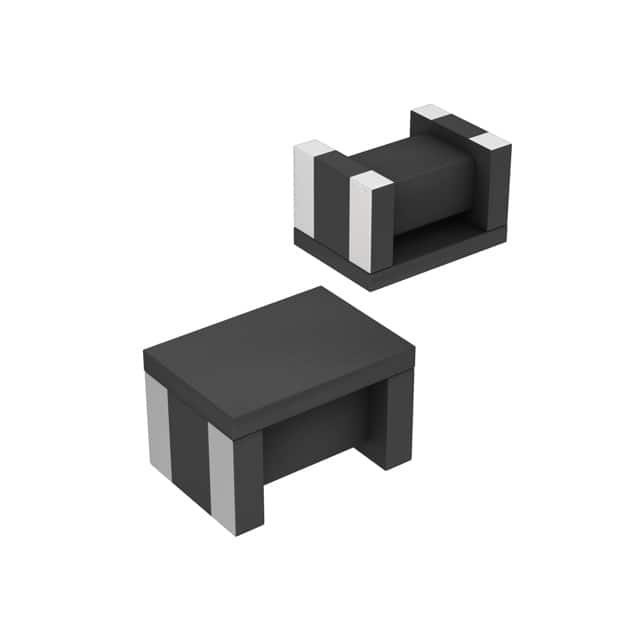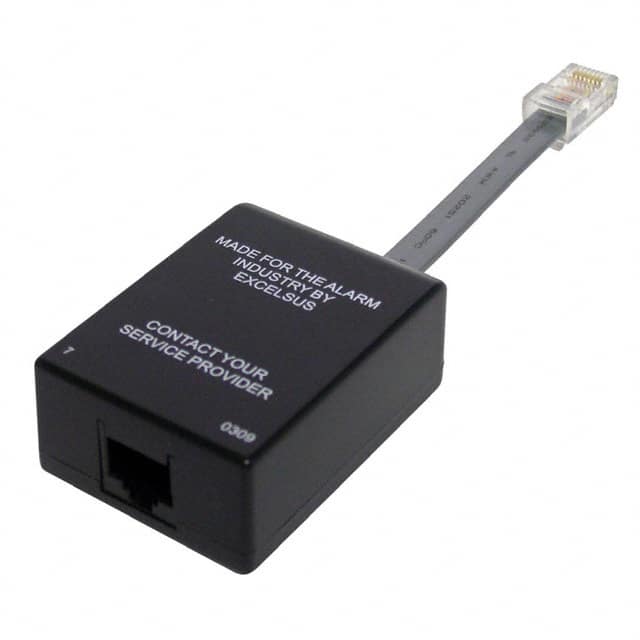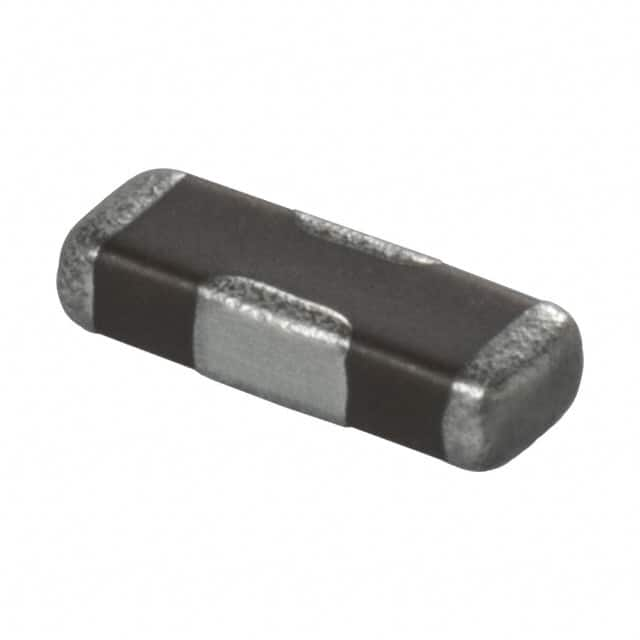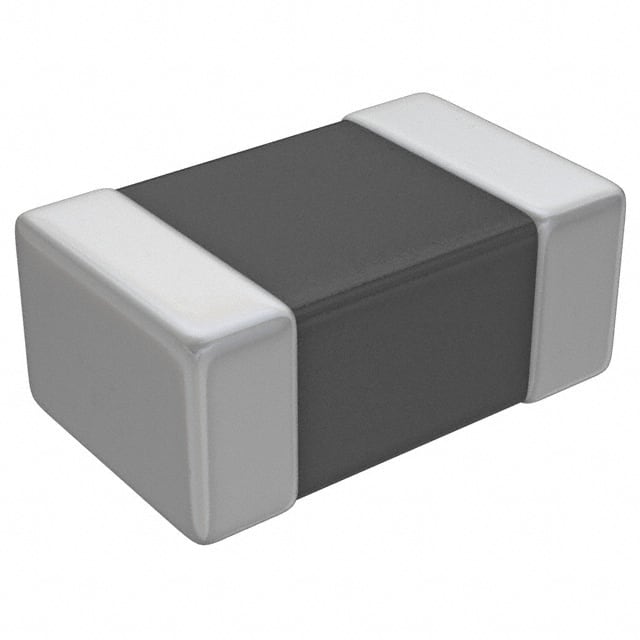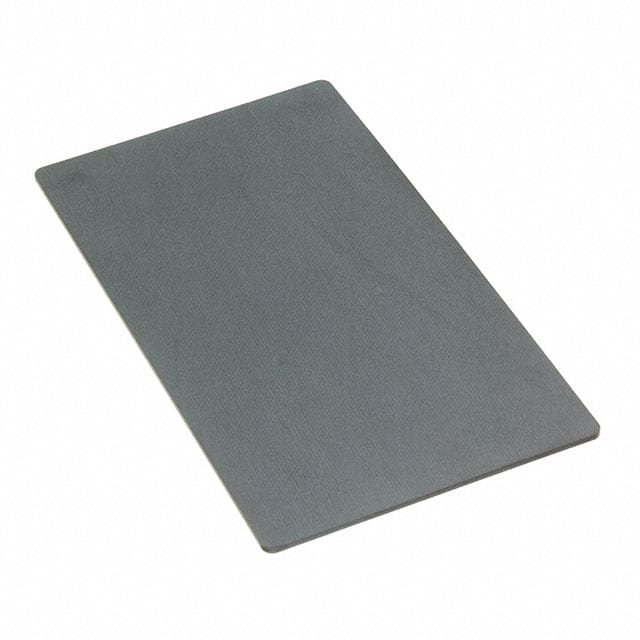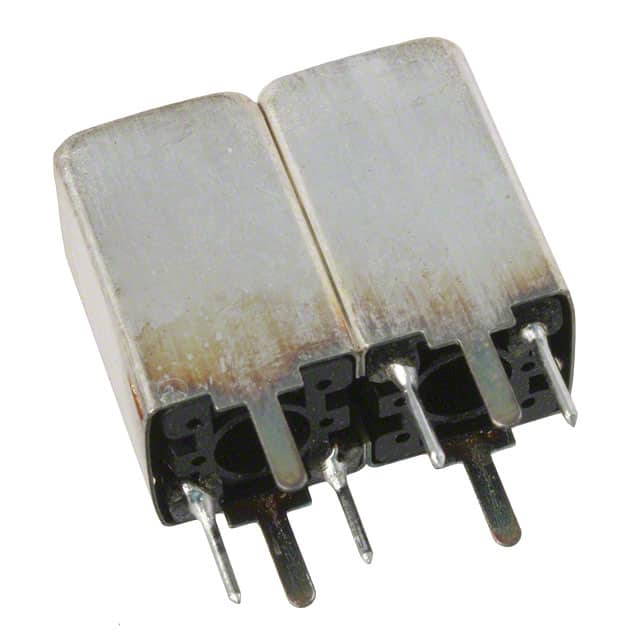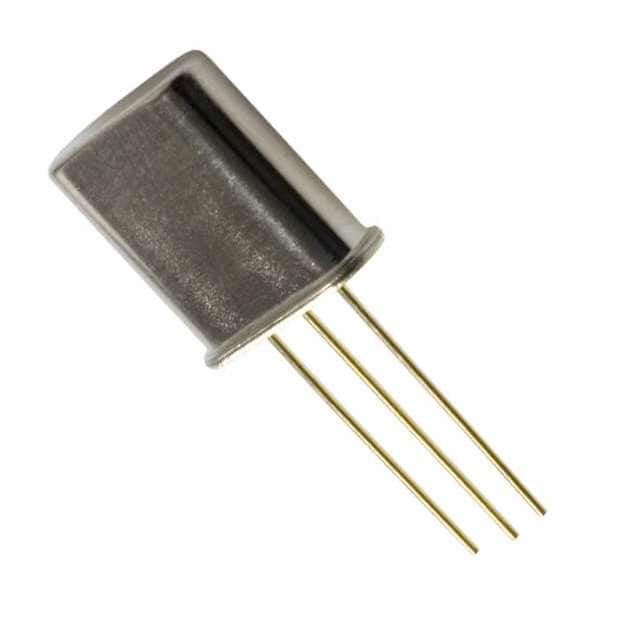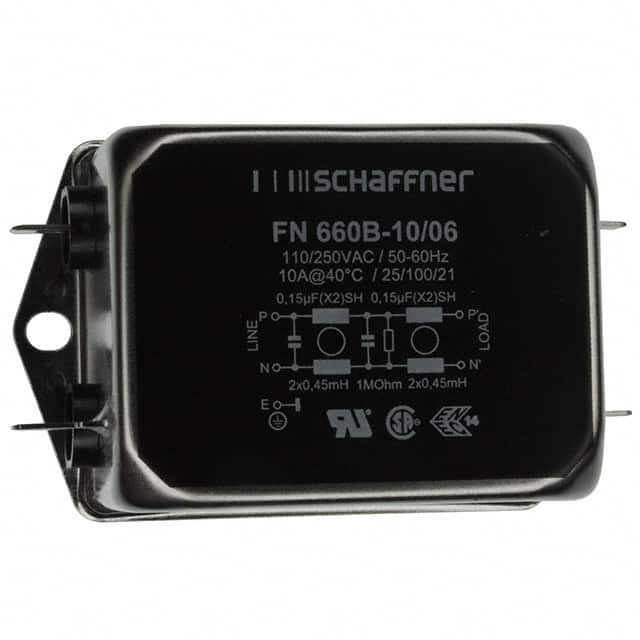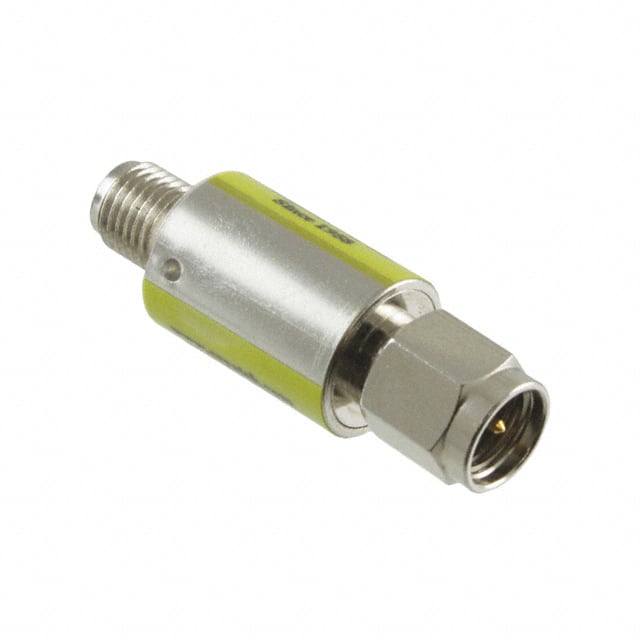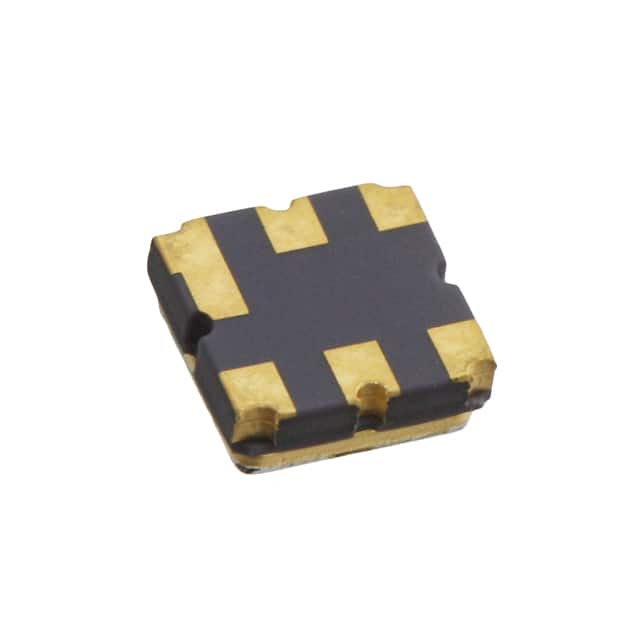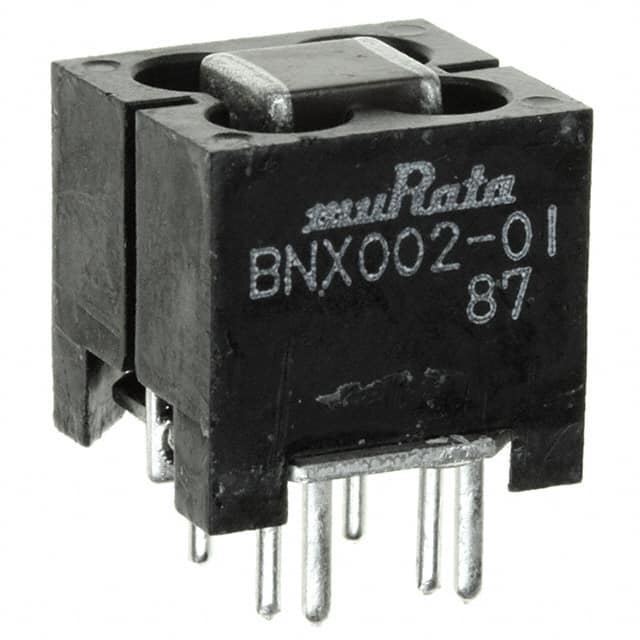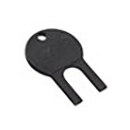Filter definition
Filters are used to process data by applying a specific set of rules to modify or transform the data in some way, such as removing information, changing the format, or performing calculations. These filters are commonly used in applications such as image processing, audio processing, and data analysis.
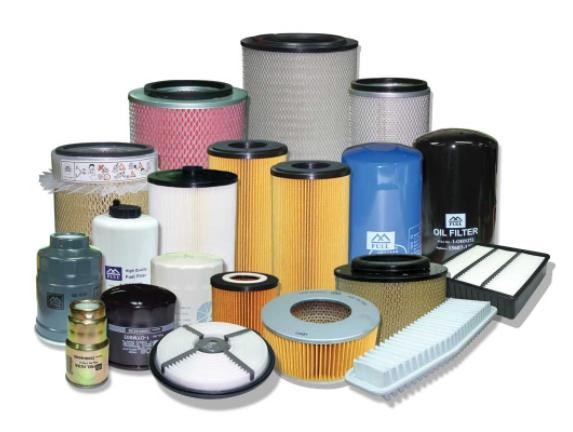
What does a filter consist of?
The main components of the filter include filter media, end caps and housing. The filter media captures particles and contaminants, the end caps seal the ends of the filter, and the housing securely holds the filter media and other components together.
How do filters work as electronic components?
Filters are used to allow certain frequencies to pass while blocking or attenuating other frequencies. This is done using components such as capacitors, inductors, and resistors. These components are arranged in a specific circuit configuration and tuned to the desired frequency. This allows the filter to pass signals at specific frequencies while blocking or attenuating signals at other frequencies.
What are the main types of filters?
Low-pass filter: allows signals below a specific cutoff frequency to pass and blocks signals above that frequency.
High-pass filter: allows signals above a specific cutoff frequency to pass and blocks signals below that frequency.
Bandpass filter: allows signals within a specific frequency range to pass while blocking signals below and above that range.
Band Stop Filter: Blocks signals within a specific frequency range while allowing signals below and above that range.
Notch filter: Blocks signals near specific frequencies, often used to eliminate interference or noise at specific frequencies.
Digital filter: used in digital signal processing to achieve various filtering effects based on specific algorithms and digital circuits.
Passive filter: A filter made using passive components such as capacitors, inductors, and resistors and does not require an external power source.
Active filter: A filter made using active components, such as an operational amplifier, and usually requires an external power supply.
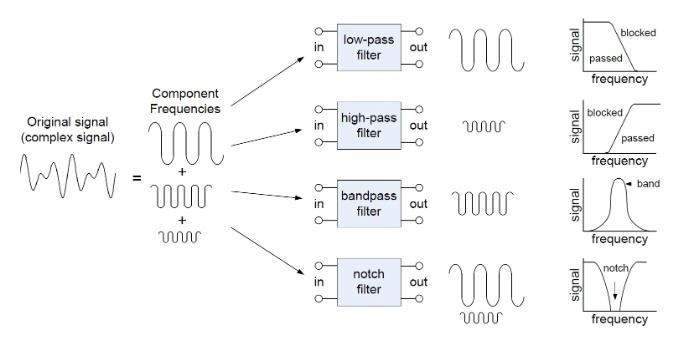
What is the difference between passive and active filters?
Passive filters use passive components and do not require an external power supply, while active filters use active components (usually op amps) and require an external power supply. Active filters are generally more flexible and complex, while passive filters are simpler.
Passive filters use components such as capacitors and inductors to filter out signals at specific frequencies. They typically include low-pass, high-pass, band-pass, and band-reject filters, but have certain limitations in terms of power handling.
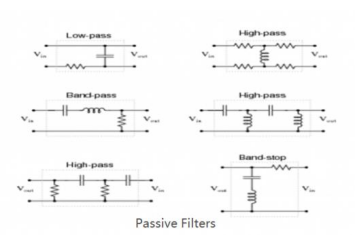
Active filters, on the other hand, are circuits that use active components such as amplifiers and transistors to filter out certain frequencies. They are more complex and can be designed to achieve more specific filtering goals. They are also more powerful and can handle larger signals.
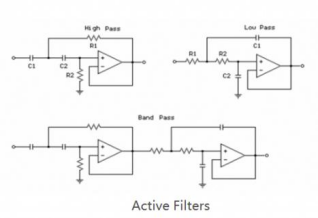
Which filters are most commonly used
The most common filter types include low-pass filters, high-pass filters, band-pass filters, band-reject filters, and all-pass filters.
Low-pass filters are used to suppress high-frequency signals, while high-pass filters are used to attenuate low-frequency signals.
A bandpass filter allows signals in a specific frequency range to pass while suppressing other frequencies. Band stop filters are used to block signals in a specific frequency range while allowing other frequencies to pass. All-pass filters preserve the amplitude and phase characteristics of the signal.
What are the advantages of digital filters?
Improved accuracy: Digital filters can be designed with greater accuracy and precision, thereby improving the quality of signal processing.
Increased flexibility: Digital filters can adjust parameters through software and have a wider range of characteristics, providing greater flexibility.
Reduce hardware costs: Digital filters typically require fewer hardware components, thus reducing cost and system complexity.
Improved signal processing capabilities: Digital filters are able to process signals in a variety of ways beyond the capabilities of analog filters.
Reduced distortion: Digital filters generally have lower distortion, helping to maintain signal accuracy and quality.
Easy to modify: Digital filters are easier to modify and adjust parameters, and can quickly adapt to different needs without changing the hardware.

 My Cart
My Cart
